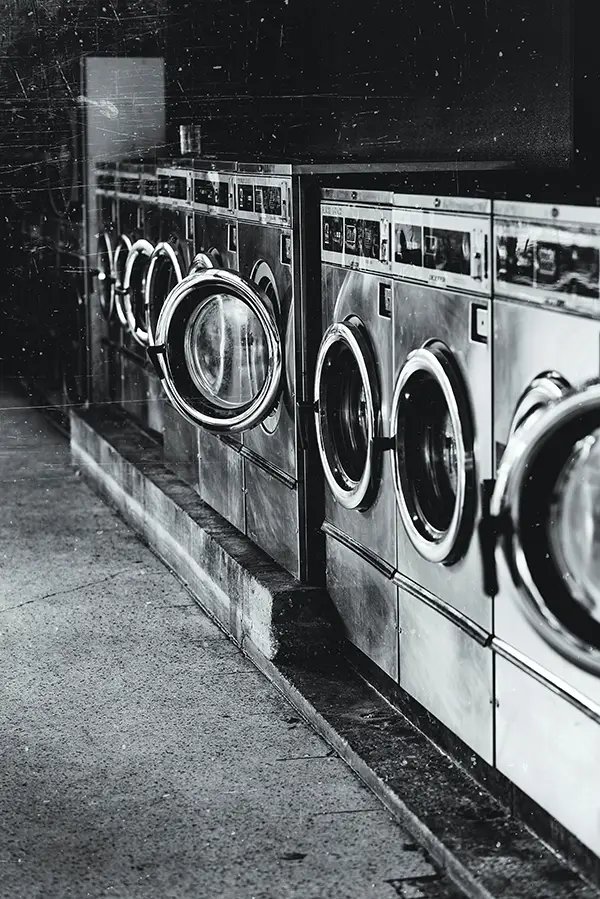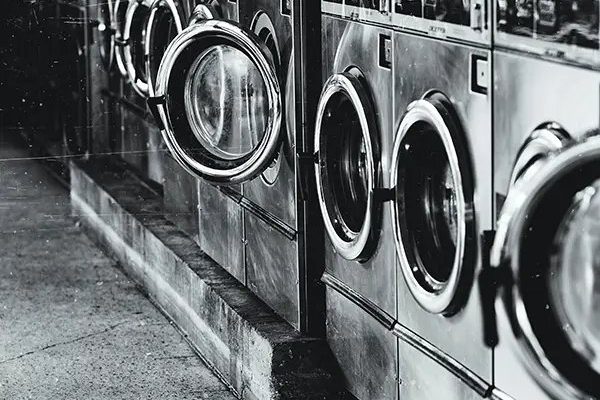
The E2 error code on a GE washing machine typically indicates a drainage issue. It’s like when your home sink gets clogged and water refuses to flow smoothly down the drain. With a washing machine, such a blockage can stop your clothes from spinning and result in a pile of soggy laundry. But, let’s not jump the gun. There’s a light at the end of this tunnel. In this article, we’ll dive into the common causes of this pesky error and what you can do to fix it, so you can get back to enjoying fresh, clean clothes without any fuss.
Understanding the Drainage System
Before diving into the causes of the E2 error code, it’s helpful to understand how the drainage system in your GE washing machine works. Think of it as the heart of the machine that pumps out all the used water once the wash cycle is done. The drainage system consists of a pump, hoses, and a filter. Each part plays a crucial role, just like team members in a relay race.
Imagine the pump as the lead runner, tirelessly pushing water out of the machine. If something slows it down or blocks its path, the error code E2 pops up on your washer, indicating it’s struggling to keep up. The hoses act like the tracks, guiding water out effectively — but if there’s a kink in the hose, it can cause a backup. And lastly, filters are like the vigilant referees, catching any debris before it wreaks havoc on the entire system.
Here’s the deal: even a small misstep in this delicate balance can trigger an E2 error. But don’t worry — understanding this system gives you a head start in diagnosing and resolving the issue.
Common Blockages in the Drain Hose
One of the usual suspects when dealing with an E2 error is a blockage in the drain hose. Think of the drain hose as a highway for water, leading it out of the machine. Over time, this highway can get clogged with lint, small clothing fibers, and even coins or buttons that sneak their way into the wash.
You might be wondering, “How can I check if the drain hose is blocked?” Good question! Start by unplugging the machine for safety. Then, locate the drain hose — usually at the back of the washer. Carefully inspect it for any visible kinks or bends that might restrict water flow. If tugging gently on the hose frees it up, that might be all you need to fix the error.
If there’s no visible kink, the hose might be clogged internally. Disconnect it, and run water through it to ensure it flows freely. A bit like how we would use a plunger or drain cleaner for a blocked sink, running water can help push out any small obstructions in the hose. Once done, reconnect everything and try running a rinse cycle to see if the issue is resolved.
Inspecting the Drain Pump
Next on our detective mission is the drain pump, a key player in moving water out of the washing machine. If the drain hose is all clear, the pump might be the culprit. The pump moves water like a conveyor belt in a factory, and occasionally, it can get jammed or even wear out over time.
To check if the drain pump is the problem, you’ll often need to access the bottom or back of your washing machine. It’s similar to checking under the hood of your car. Unplug the washing machine, and then gently tilt or open it to locate the pump. Look out for any visible debris or damage. If you hear odd noises coming from the pump during a cycle, it might need a thorough clean or even a replacement.
It’s worth noting that pumps can sometimes falter due to age or wear and tear. If cleaning the pump doesn’t fix the error code, it might be time to call in a professional to replace it. This ensures your machine runs smoothly and efficiently, much like putting a fresh battery in a clock.
Keeping the Filter Clear
The final piece of the puzzle involves the machine’s filter. Much like the air filter in your car, the washing machine’s filter catches debris before it can cause trouble in the rest of the system. Over time, this filter can become clogged with lint and other small particles, leading to the dreaded E2 error code.
To maintain your washing machine, it’s crucial to regularly clean the filter. You can think of this as doing regular maintenance on your car or cleaning out the refrigerator’s coils to ensure it keeps running efficiently. Start by locating the filter, which is typically found at the front of the machine behind a small panel. Open the panel carefully, and you’ll often find a removable filter.
Take out the filter and rinse it under warm water to remove any trapped debris. Once it’s clean, pop it back into place, and your washing machine should be free to drain water like a champ again. Regular cleaning can prevent the E2 error from reappearing and extend the life of your washing machine, saving you both time and money in the long run.
Preventative Measures and Final Thoughts
Nobody wants to face a washing machine error during a laundry day. Luckily, a few simple practices can help prevent the E2 error from popping up. Treat your washing machine like an old friend and perform regular checks on the hoses, pumps, and filters as part of your routine. It’s a bit like tuning a musical instrument to ensure it plays perfectly each time.
Be mindful of what goes into the washer. Check pockets for loose items before starting a wash, much like double-checking before heading out for a road trip. Small items can easily clog the system, leading to frustrating problems. Running an occasional cleaning cycle with just hot water and vinegar can also help clear out any lingering gunk.
If you find yourself repeatedly facing E2 errors, it might be worth consulting a professional. Think of it as seeing a doctor for persistent symptoms. They can perform a thorough checkup on your machine and recommend repairs or replacements if necessary.
In conclusion, while the E2 error code might seem daunting at first, understanding and addressing the common causes can have your GE washing machine running smoothly in no time. Follow these steps, and you’ll be back to enjoying clean, fresh laundry without any hassle.
